
The fabulous success of Ford’s Mustang in America inspired Ford’s British and German branches to do likewise. The sporty coupe they created, the Ford Capri, was launched in 1969 as the first joint production of the brand-new Ford of Europe. Billed as “The car you always promised yourself”, the Capri was a signal success with almost 1.9 million made when production ended in 1987. Its rakish lines, keen pricing and broad power offerings gave the Capri wide appeal not only in Europe but also in America, which imported the Mark I and II versions from 1970 to 1977 for sale through Lincoln-Mercury dealers. The Mark III for Europe followed in 1978. No paper tigers, these classy coupes were formidable rally and racing cars as this book’s illustrations reveal. A Capri insider, former Ford of Europe executive Karl Ludvigsen introduces the Capri saga and illuminates the many rare images from his world-famous Ludvigsen Library. A feast for fans of the Blue Oval, this book’s pages bring to life the exciting story of one of the best-loved Fords of all time.

The Places They Raced: Circuits of the Golden Age
WE’RE big fans of the style of this book, which simply has great pictures of pre-1918 circuit racing – be they photographs, slides or postcards – as well as brief captions. It’s an interesting look into the ‘golden age’ of racing.
European city to city races, Gordon Bennett Trophy
Consisting only of pre-WWI postcards of Renaults, Brasiers, Napiers and the like slithering over rutted muddy road circuits, this little hardback conveys the raw nature of early racing in spades. Many shots show the roads on non-race days, cluttered with chickens, bicycles and dog-carts, making it tempting for cartophiles to do some Google Earthing.
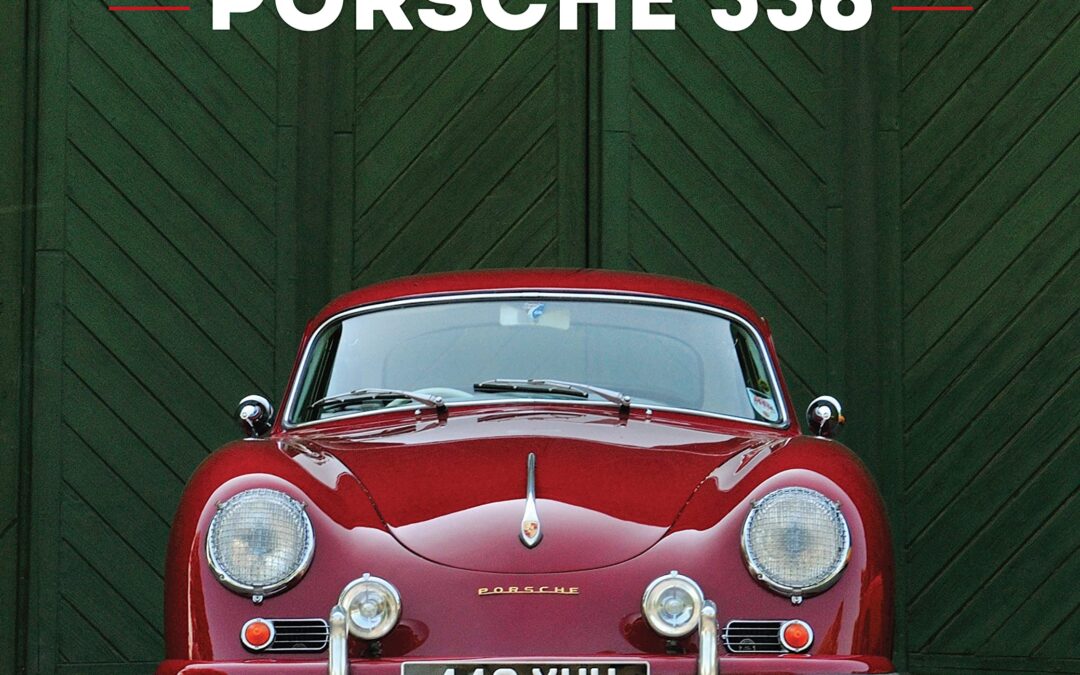
Porsche 356: 75th Anniversary relates the full story of Porsche’s original sports car from the first Gmund coupe to today’s beloved collector car.
Ferdinand Porsche was a brilliant engineer who, prior to World War II, had been involved in a variety of significant automotive engineering developments including the first hybrid drive vehicles. From the early 1900s, Porsche was developing racing cars including the Mercedes SSK and the mighty Auto Union Grand Prix. During this period, Porsche also developed the groundbreaking Volkswagen, which would prove critical to his postwar, namesake automobile manufacturer.
The Typ 356 was developed by Ferdinand’s son “Ferry” Porsche and introduced in 1948. Though the rear-engine layout was based on the Volkswagen, most similarities ended there. The 356 had a unique chassis, higher performing engine, and a handsome wind-cheating body. Little known outside Germany initially, by the early 1950s the 356s were lauded for their excellent handling, build quality, and growing volume of competition successes.
Porsche’s 356 evolved over its 17-year life through four distinct series: pre-A, A, B, and C, with coupes, cabriolets, Speedsters, Hardtops, and Roadsters among the many body variations. Equipped with the “Carrera” 4-cam engine, the 356 was a force in sports car racing. Dedicated competition models were developed beginning in 1953, and the Rennsport Spyders dominated road racing, endurance, and hill climb events for over a decade.
The 356 story includes a cast of fascinating characters, from those engineers who designed the cars, to race drivers who built the “giant-killer” mystique, to owners like James Dean and Janis Joplin who fell in love with the little bathtub-shaped sports cars. From titled European gentlemen in the 1950s to movie stars like Paul Newman and Steve McQueen in the 1960s, the first Porsches attracted enthusiasts and racers alike. Today, the car has an even wider following among collectors including Porsche fans like Jerry Seinfeld and Jay Leno. “356 Fascination” continues with ongoing restoration efforts, vintage racing, and an “Outlaw” movement, all enhanced by large-scale events that celebrate the car’s history.
Porsche 356 75th Anniversary tells the in-depth story and is a must-have book for anyone that loves Porsche and sports car history.
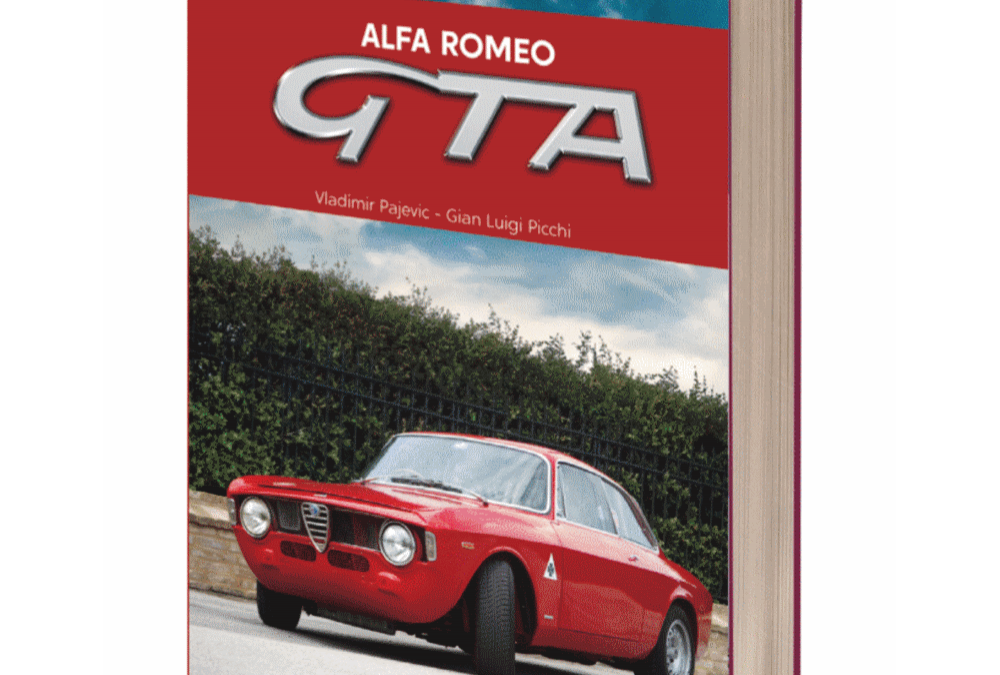
The GTA. An acronym for the lightened Gran Turismo: three letters deeply engraved in the collective memory of all fans – and not only – in the world of motor racing. Of the life and miracles performed by the machine from the House of Biscione, everything is now known: this book aims to tell the lesser-known part of the story about the GTA – its project, its technical side, the evolution that it has known over the years – until we get to to its incredible record of victories, unique in the history of sports cars. Vladimir Pajevic, passionate about the Alfa Romeo brand and at the time gentleman-driver, and Gian Luigi Picchi, great champion of Italian motorsport, who with the GTA won the European Touring Car Championship in 1972, wrote this book to answer questions (frequently asked and less so) about the GTA in plain and simple language. Despite the prevailing technical color of the material, it is a manual that can also offer an unskilled audience an overview of all the relevant technical data, as well as the direct experience of racing the GTA by Gian Luigi Picchi, one of the best voices from the glory days of the legendary car.
Text English and Italian

This book tells the story of every jetliner produced by the Soviet Union, including the Tupolev Tu-104 (the world’s first successful passenger jet), the Ilyushin Il-62 (Aeroflot’s flagship) and the supersonic rival to Concorde, the Tu-144. Other chapters cover the Tu-154 workhorse, the Il-86/-96 jumbo jet and the world’s first regional jet, the Yak-40 (and -42). The meltdown of political certainties coincided with the Tu-204, which was able to form a bridge out of the old Soviet era into the current age. The story of commercial aviation and aero engineering behind the Iron Curtain is told in fascinating detail accompanied by beautiful illustrations taken from Russian archives by Charles Kennedy, one of aviation’s best-known writers. Not only for aviation fans but also a fascinating look Soviet history, European socialism and the evolution of technology. Chapter each on the Tu-104/-124, -134, -144, -154 & -204; Il-62 & -86/-96; Yak-40/-42; and an essay on the history of Aeroflot. Bonus feature: SU s epic winter 1985/86 timetable reproduced in full. 158 pages and over 250 classic pics.
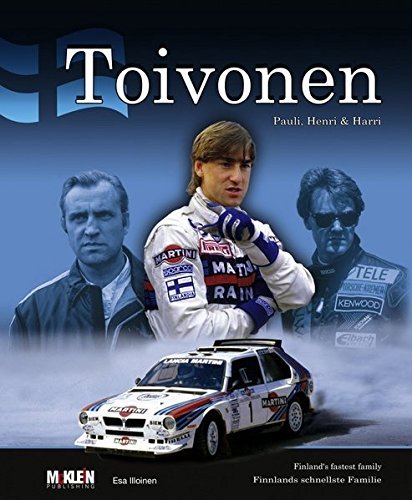
When rally fans hear the name Toivonen, they immediately think of breathtaking performances and glorious victories. But it is also hard to forget the accident on the 1986 Tour de Corse that took the lives of Henri Toivonen and his co-driver Sergio Cresto and which eventually brought Group B rallying to an end. Henri was one of the most exceptional rally drivers in history. His inspiring performances in the Talbot Sunbeam Lotus, Opel Ascona 400, Porsche 911 SCRS and Lancia Rally 037 are all well-remembered. But it was the Lancia Delta S4 that really showcased Henri’s ability with victories in the RAC and Monte Carlo rallies, the latter twenty years after his father’s own triumph in the Principality. This book tells the fascinating story of the Toivonen family in rallying and racing. It starts with father Pauli’s heroic drives in the 1950s and 1960s, including winning the European Rally title of 1968 at the wheel of a Porsche 911. It moves on to include the first exploits of the next generation on frozen lakes right up to the contrasting careers and fortunes of Henri and brother Harri in motor sport. Author Esa Illoinen immersed himself deeply in the Toivonen family history and spoke to innumerable friends and witnesses of those days. Amongst them were with Pauli’s widow, Ulla, Henri’s widow, Erja, and even Henri’s 95-year old English teacher. The result is an intimate and touching portrait of Finland’s fastest family, wonderfully illustrated by the best images from the inexhaustible McKlein archive.
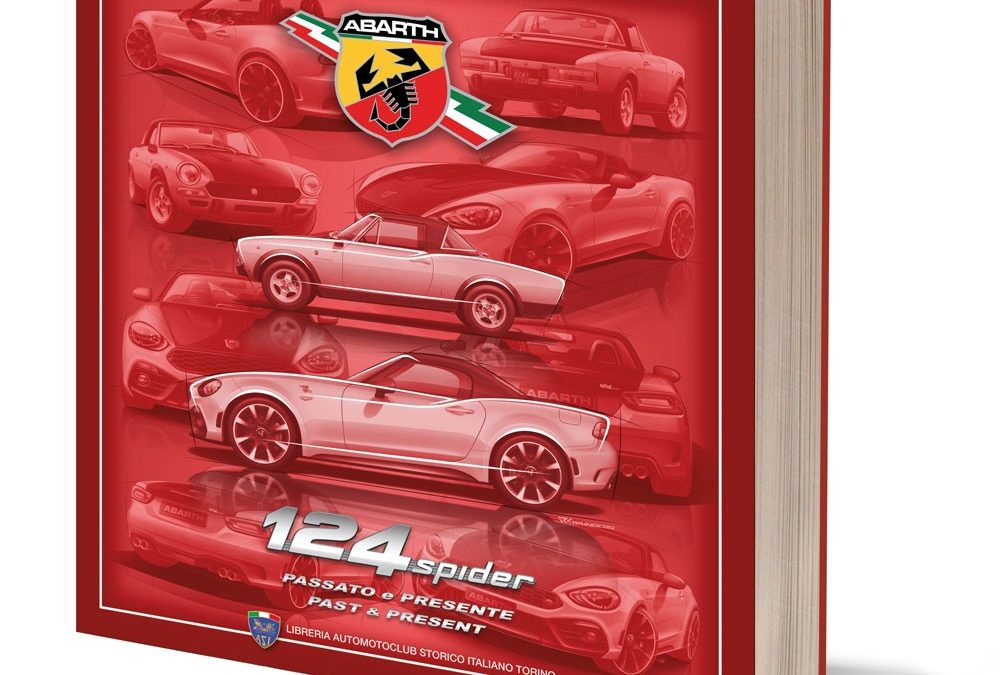
in 1966, Fiat introduced the 124 Spider and, in the space of 50 years, in 2016 proposed the same model revised with current stylistic and technical standards.
In 1966, the Fiat 124 Sport Spider burst strongly into the sports car market with a very elegant line and the world’s first twin-cam engine driven by a toothed belt. Private drivers immediately appreciate the great road qualities and employ it both in speed racing and in rallies. In 1970 the private Alcide Paganelli and Ninni Russo won the Italian Rally Championship; in 1972 the private Lele Pinto and Gino Macaluso, assisted by the House, conquered the Central European Championship (Mitropa Cup). In the same year the Abarth prepares the absolute weapon for the Squadra Corse, which becomes official. In three years of rallying at the highest level the Fiat Abarth 124 Rally enters the legend catching numerous statements and winning the European Championship in 1975 and the Italian Rally Championship in 1974 and 1975. In 2016 the model long regretted by fans returns in a guise all new, very modern and technological, which in any case draws from the great tradition of the past. The book tells the evolution of the 124 Sport Spider in the various displacements and the 124 Abarth Rally and summarizes in seven chapters their competitive events. Finally, it follows the genesis of the new Abarth 124 from design to competitive debut. The texts are supported by over 300 current and current images, many of which are unpublished, detailed technical data sheets, lists of “racing” plates and other documents important for the knowledge and correct conservation of the models.
The authors Elvio Deganello and Roberto Valentini have divided the competences: Deganello – besides being a respected journalist, a competent ASI technical commissioner – has oversaw the historical part; Valentini, who had the opportunity to follow step by step the development of the 2016 model, tells about this exciting new adventure in the world of rallies. The photographs of the Actualfoto archive are essential, allowing to relive the competitions of the past.
Important is the role of Ruben Wainberg, designer of today’s Abarth 124, who has worked on this book with passion, devoting himself to his graphic design, in collaboration with Patrizia Bisa, art director of La Manovella magazine. To follow the chapter of the stylistic transition between the old and the new Fiat 124 model, which is due to the clever pen and inventiveness of Roberto Giolito, already author of a cult model like the new 500. Today Giolito is responsible for the Heritage sector of FCA and therefore represents the relationship between the great history of the brands that are part of the group and its present.
Text in English and Italian

Hungary has played a secondary role in the European car of the twentieth century, but its history is full of episodes, experiments and attempts incredibly interesting for fans of motor sport events less known. For the first time, this book – written by a leading scholar of the car of the East – it collects evidence and information that paint a rich and varied: from the state program for small cars of the fifties to the seventies electric prototypes. The book also includes a chapter on competition cars built for races that were organized among the countries of the Warsaw Pact.
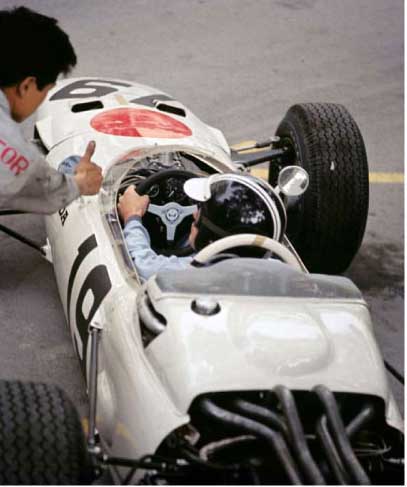
These heretofore-unseen pictures illustrate a time that was unique. As the years have swept past I’ve come to appreciate how lucky I was to have been there to capture many of those moments on film.” -Jesse Alexander.
In a career spanning more than 50 years, Jesse Alexander has captured some of the most unforgettable moments in motorsports history on film. From his revealing portraits of famous drivers to his vivid images of action at Le Mans and classic grand prix circuits, his work has appeared in countless magazines, books, galleries, and museums. Many of his images-such as his famous portrait of Jim Clark, or his behind-the-scenes shots of the Ferrari and Porsche teams, have become icons in their own right.
But these well-known images represent only a small portion Alexander’s total body of work. For every photograph that racing fans already know and love, there are thousands more that have remained largely unseen. Inside The Archives brings the best of these rare images to light for the first time, revealing a fresh, often unexpected side of Alexander’s art and the world of cars and racing.
Some are new takes on classic events, such as a sweeping shot of Stirling Moss leaping into an Aston Martin DB3 at Le Mans, or the procession of red Ferraris lined up for the start at the Targa Florio. But many others treat the reader to unusual cars, lesser-known drivers, and startling settings that have never appeared in Alexander’s other books. There’s the innovative, championship-winning Vanwall driven by Stuart Lewis-Evans at the 1958 Grand Prix of Morocco, a race that would prove fatal for the Englishman. There are the beautifully prepared Ecurie Ecosse Jaguar D-types waiting to face American Indy cars at Monza’s short-lived “Race of Two Worlds” in 1957. And in a stunning departure from the pageantry and lush scenery found at so many European venues, there is a startling mix of home-built hot rods and exotic land-speed racers set against the otherworldly background of the Bonneville salt flats in 1965.
Regardless of the subject or setting, each of the images in Inside The Archives reflect Jesse Alexander’s unique gifts as a photographer as well as a fascination with the world or motorsports that has endured for more than half a century.
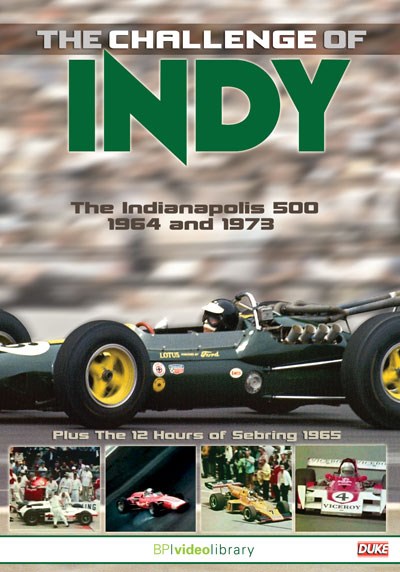
Race fans – Start your Engines and get ready to experience The Challenge of Indy!
The Indianapolis 500 is one of the greatest motorsport events, providing a unique challenge for driver, machine and team on the high-speed banked oval at the world-famous Brickyard. This DVD features two action-packed archive films charting races which are etched into the memories of US motorsport fans – although for very different reasons.
We open with the 1964 Indy 500, following practice, qualifying and the race as the established American stars battle to hold off a European invasion led by Formula One star Jim Clark and his Ford-powered, Colin Chapman-designed Lotus. The rear-engined Lotus was on the verge of revolutionising American motorsport forever, with Clark nudging the track record up towards 160mph. This would be the final year of domination for the front-engined machines of US greats like A.J. Foyt and Parnelli Jones, and what a last year! The thrilling action footage captures the slides, crashes, spins and wheel-to-wheel dicing as Foyt laps the entire field in his Sheraton Thompson Special. It was a moment of motorsport history, but as this classic film shows, it was also a full-throttle race.
Fast forward almost a decade for our second film, Going to Extremes. This is the story of the bizarre 1973 Indianapolis 500, which took three days to run and even then didn’t go the full distance. Once again we are treated to practice and the gripping drama of making the cut in qualifying before turning our attention to race day. Among the stars lining up are legends like Foyt, Mario Andretti, Al Unser and Bobby Unser – and with the first 200mph lap in sight, there is the prospect of a great Indy 500. However, what should have been a great race turned into three frustrating days of waiting before the fans were able to enjoy a single green flag lap. When the racing did get under way, it was breathtaking, and out superb archive footage brings you all the action.
There’s also a chance to enjoy another classic American motorsport event, the 12 Hours of Sebring. The film 12 Hour Grind takes us back to the rain-hit 1965 running of this classic sports car race, which sees Dan Gurney, Graham Hill, Paddy Hopkirk, Ritchie Ginther and many more stars doing battle in a variety of roaring racing machines, including Ford GT40s, AC Cobras and stunning Chaparrals.
“If you can’t wait for May’s Indy 500, relive the event’s glory days with this DVD. It covers great races from 1964 and 1973 from the infamous Brickyard, with footage of Brits like Jim Clark, Graham Hill and Paddy Hopkirk, but strangely the rain-hit 1965 Sebring 12 Hours race is a bonus feature” Auto Express
“This DVD captures the best footage from two of the greatest races ever held at the famed Brickyard, plus bonus footage from the 1965 12 hours of Sebring. the 1964 Indy 500 was the last year a front-engined car won the race, and the bizarre 1973 Indy 500 took three days to run and didn’t even go the full distance. Watch the full story, from practice to the chequered flag, of these spectacular events” Autocar
“With colour films of practice for the ’64 and ’73 500 miles, and bonus material covering the run-up to the ’65 Sebring 12 Hours, there’s plenty to enjoy here. We loved the footage of Pole Day at the Brickyard in ’64, where ‘James Clark Jr’ took the fight to the roadsters. Great to see Smokey Yunick’s Hurst Floor Shift Special, too”
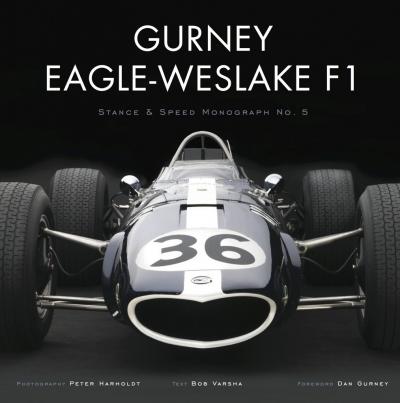
“In 1967 Dan Gurney gained a permanent place among America’s greatest racing heroes. Driving his Gurney-Weslake Eagle, he won the Belgian Grand Prix and became the only American to win a modern-era European Grand Prix race in an American car. In doing so he defeated such legends as Jim Clark, Graham Hill, Jack Brabham, and Jackie Stewart, more established teams like Ferrari and Lotus, and conquered the menacing Spa-Francorchamps circuit itself, much of which was made up of dangerous and narrow public roads that the racers traversed at speeds approaching 200 mph.
This exciting new addition to the Stance & Speed Monograph series is written by broadcasting veteran Bob Varsha, known to American racing fans as the voice of Formula One races on Speed TV for more than a decade. As always, the photography of Peter Harholdt enhances the classic beauty of the car, while Gurney himself adds a foreword in which he reflects on this remarkable car and his legendary accomplishment.
”
Autobooks-Aerobooks 2900 W. Magnolia Blvd. Burbank, CA 91505 (818) 845-0707 Hours: Tuesday-Friday 10:00 AM – 6:00 PM Saturday 10:00 AM – 6:00 PM Closed Sunday and Monday Accept Credit Cards gift cardYES, We have Gift Cards - Click Here AUTOBOOKS IS OPEN...













